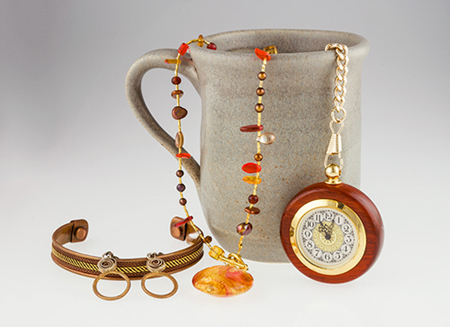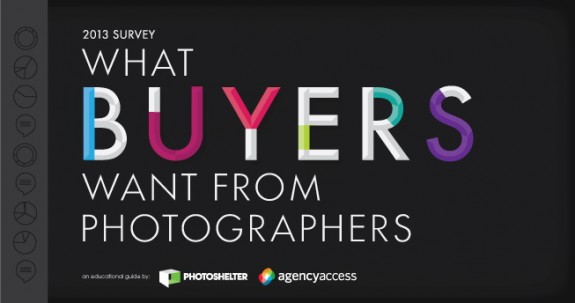The global marketing-communications agency JWT has released its annual list of 100 Things to Watch for the year ahead. The list spotlights developments around major events such as the Winter Olympics in Sochi and the FIFA World Cup in Brazil and across sectors such as technology, television, food, spirits, retail, health care, and the arts.
Many items on the list illustrate some of the 10 broader cultural shifts that JWT identified in their 2014 trends report. Some those trends included: the end of anonymity, the movement toward mindful living, the appeal of imperfection, the remixing of tradition, immersive experiences, and the continuing shift to more visual communications.
[slideshare id=29427719&doc=jwt100thingstowatchin2014-131222091452-phpapp02]
Many items on the 100 Things to Watch list will interest creative professionals. Here are few items that caught my eye.
Art Incubators. Museums and other arts organizations are launching in-house incubators that explore the intersection of art and technology and stimulate creative thinking.
Community-Supported Everything. Now that communities have recognized the benefits of supporting local farmers, consumers’ interest in supporting local businesses is spreading to other categories, including art and design.
Digital Art. According to JWT, “Art that relies on digital technology, from GIFs to websites and beyond, is coming into its own…While the art world continues to grapple with details related to ownership, the auction house Phillips held its first digital art auction in 2013 in partnership with Tumblr. Another is planned for 2014.
Estimated Reading Times. Online publishers have started posting estimated reading times next to their articles.
Glanceable UI. Interfaces will use symbols and visuals to tell impatient consumers just what they need to know. For example, the dating app TInder swaps lengthy profiles for images that users can swipe through.
Photoshop for All. The popularity of selfies and the pressure to look good in social media has led to the development of easy-to-use tools to make photo subjects look their best. JWT points to apps such as Facetune that let users white teeth or remove acne or Layrs, which allows users to move photo subjects into different backgrounds.
Speaking Visually. According to the report, “At a time when consumers are shifting to a visual vocabulary that relies on photos, emojis, video snippets, and other imagery, brands will communicate with images more than words.” JWT believes that in the digital world and offline, visual cues will complement or replace text on everything from packaging and menus to instruction manuals.
Survival of the Focused. JWT analysts observe that people who can shut out distractions and focus on what’s most important will be both healthier and more successful. They observe that all the multitasking we’ve been doing has made us “frazzled, jittery, and unable to do any one thing particularly well.”
Other items on the list include 3D printer retail hubs, “techno-paranoia,” telepresence robots, unconventional models, cocktails on tap, sports mashups, makeup salons, equal rights for men, edible packaging, verified reviewers, divorce parties, digital grieving, tablet-first TV, and “beacons” that allow retailers to precisely track shopper’ mobile phones and send highly targeted content tied to their location and shopping habits.
This is the eighth year JWT has published a “Things to Watch” list as a complement to their annual trends forecast. Things that JWT has spotlighted on past lists include drones, crowdsourced learning, variable pricing, mobile money, and crowdfunding. JWT Intelligence focuses on identifying shifts in consumer lifestyles and preferences that can be leveraged for business gain.
If you read the JWT list at the beginning of each year, you will notice dozens of different ways the trends and “things to watch” are taking shape throughout the year. You can use the ideas in the report to help refine or promote your own creative-services business.
LINKS
JWT: 100 Things to Watch in 2014
JWT: Ten Trends for 2014 and Beyond








